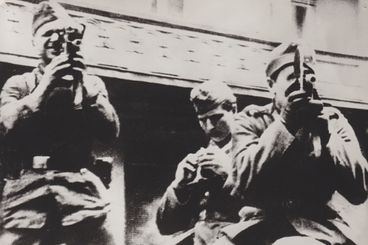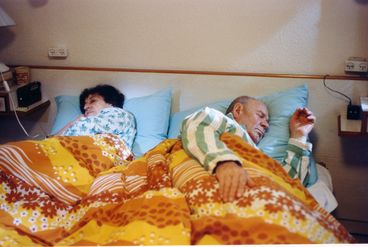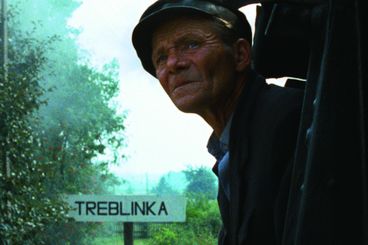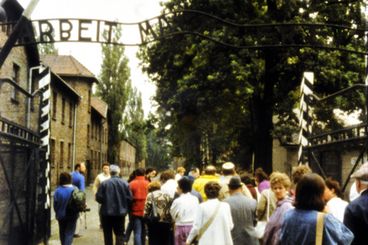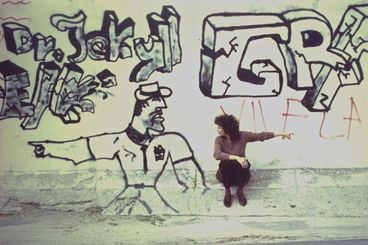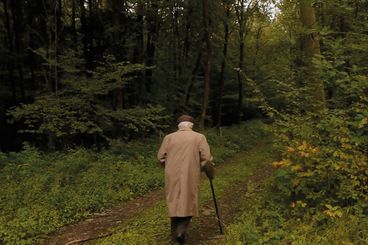The cinematic engagement with the Holocaust has formed a key concern of our work since the very foundation of our association in 1963, then called Friends of the German Cinematheque. This is still apparent to this day, whether in our cinema program, that of the Berlinale Forum we organize, or in our arsenal distribution portfolio. One of the most prominent events at the 1986 Forum was thus the German premiere of Claude Lanzmann’s SHOAH at the Delphi-Filmpalast, a film that has since formed part of our distribution range. Additional films on the same theme shown at the Forum and subsequently added to our film archive include DIE FEUERPROBE by Erwin Leiser, HA’MAKAH HA’SHMONIM VE’AHAT (The 81st Blow) by David Bergman et al, and Lanzmann’s SOBIBOR, 14 OCTOBRE 1943, 16 HEURES. These special audiovisual documents of their times are in danger of fading into obscurity. On the one hand, the film print stock is under threat from both decay and wear and tear, while the media shift of recent years on the other means that there are fewer and fewer places capable of screening analogue films. In order to ensure this form of cinematic remembrance also remains accessible for coming generations, a selection of around 50 titles from our film collection has been put together, ten of which were digitalized or, if already available in digital form, acquired for digital projection. The selection includes both well-known films as well as those that have received less attention or been undeservedly forgotten. The entire selection of films is available for rental to cinemas.
A catalogue of all thematically relevant works from our collection is available to present and contextualize the films in question. It has been published in cooperation with Christian Pischel’s seminar at the Department of Film Studies at the FU Berlin to present and contextualize the films.
In January and October 2015 a comprehensive film series including introductions, Q&As, and discussions took place at the Arsenal cinema. The focus was on questions of memory, archives, and public spheres. Two films from the programme were presented as part of the Berlinale Forum programme in the same year: HA'MAKAH HA'SHMONIM VE'AHAT (THE 81ST BLOW) by David Bergman, Haim Gouri, Jacques Ehrlich, Miriam Novitch and Zvi Shner (Israel 1977) as well as ME'KIVUN HA'YAAR (OUT OF THE FOREST) by Limor Pinhasov Ben Yosef and Yaron Kaftoroi Ben Yosef (Israel 2003). Both films had received their German premieres as part of the Forum.
The project "Asynchronous. Documentaries and Experimental Films on the Holocaust. From the Arsenal – Institute for Film and Video Art e.V. Collection" was funded by the Stiftung Deutsche Klassenlotterie Berlin.
